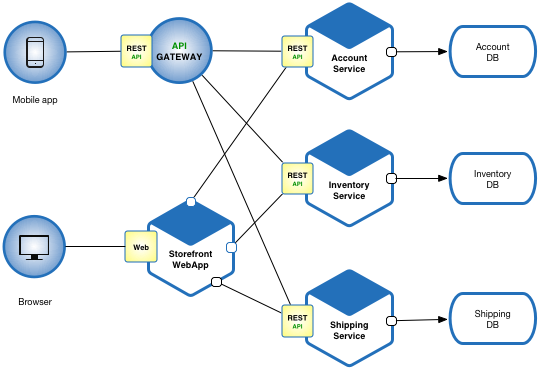Django is a free and open-source, Python-based web framework that follows the model–template–views (MTV) architectural pattern.
- var declarations are globally scoped or function scoped while let and const are block scoped.
- var variables can be updated and re-declared within its scope, let variables can be updated but not re-declared, const variables can neither be updated nor re-declared.
- They are all hoisted to the top of their scope. But while var variables are initialized with undefined, let and const variables are not initialized.
- While var and let can be declared without being initialized, const must be initialized during declaration.
Big O notation is a powerful tool for analyzing and comparing the efficiency of algorithms. By focusing on the growth rate of runtime or space usage, it helps developers design scalable and optimized solutions.
The use and usage of the inline assembly feature provided by GCC
INNER JOIN: Only matching rows from both tables.
LEFT JOIN: All rows from the left table and matching rows from the right table.
RIGHT JOIN: All rows from the right table and matching rows from the left table.
FULL JOIN: All rows from both tables, with NULLs where there are no matches.
SELF JOIN: Joins a table with itself.
CROSS JOIN: Cartesian product of both tables.
Python’s type system is one of its most powerful features, offering a balance of simplicity and flexibility. Whether you’re working with built-in types, creating custom classes, or using type annotations, understanding types is essential for writing clean, efficient, and bug-free Python code.
Microservices have revolutionized the way we design and build software systems. By breaking down applications into smaller, independent services, organizations can achieve greater scalability, flexibility, and resilience. However, adopting microservices requires careful planning, the right tools, and a shift in organizational mindset.
Indexing is a cornerstone of database optimization, enabling faster query execution, efficient data retrieval, and improved system performance. By understanding how indexes work and applying them strategically, you can unlock the full potential of your database and ensure it performs well even as your data grows.







